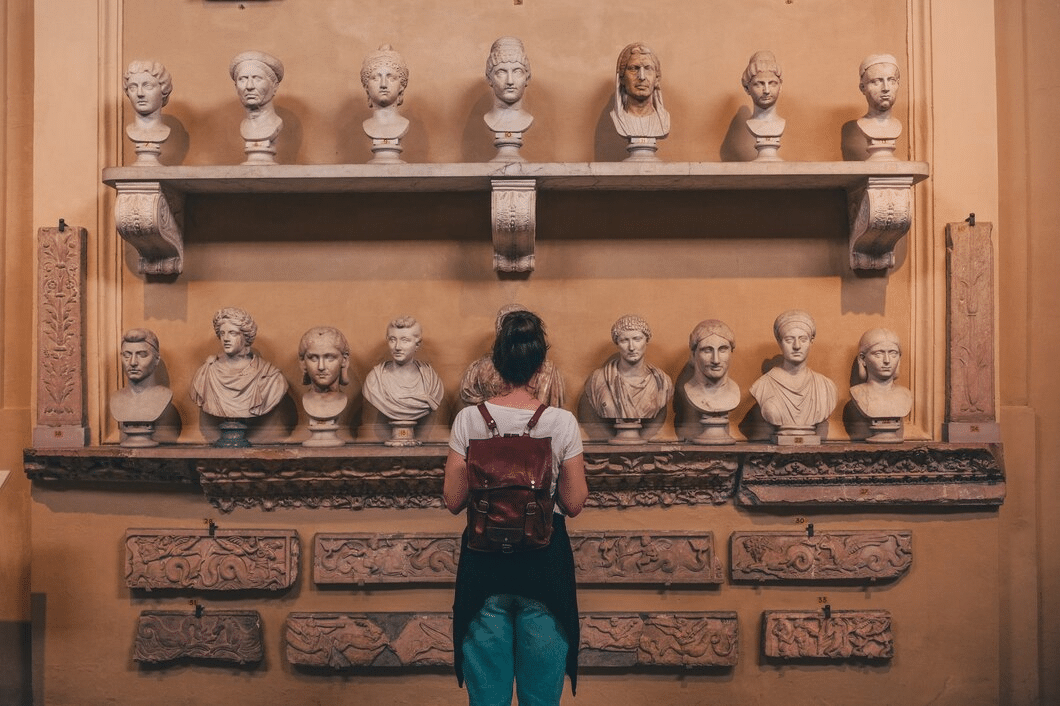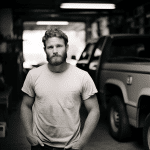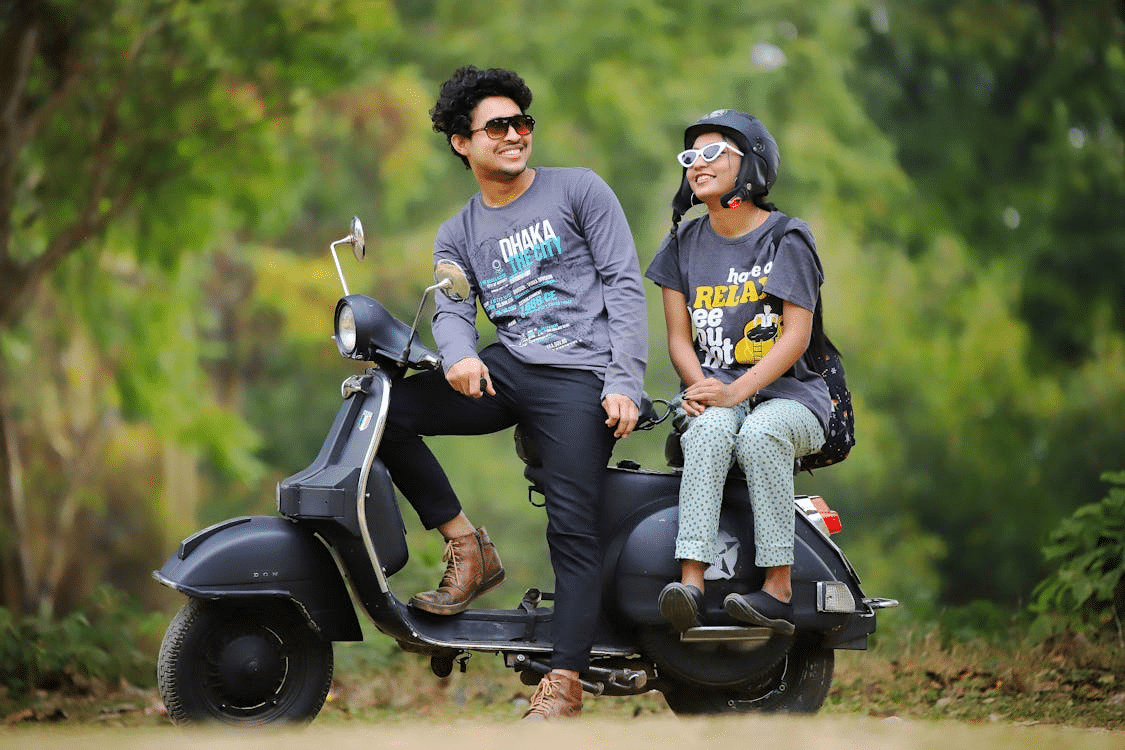What happens when you gaze at a canvas, and rather than seeing a world of colors, shapes, and life stories, your own reflection confronts you -your doppelgänger – staring back into your soul? Clearly, art’s essence lies in provoking questions.
Still, in this instance, it urges something far greater, like an existential unraveling that occurs with a set of inquiries regarding the very narrative and scope of life. Suddenly, even your mother’s birth certificate becomes a puzzle piece in an unfathomable web of connections, as if within it lies a cosmic truth waiting to be uncovered.
Maybe they were right when they said the less you know, the lighter your burden and the freer your mind. However, it’s too late now. We’re going to confront the reality of mirrored souls, unveiling every hidden facet of this controversial topic.
The Myth of Doppelgängers
Doppelgänger is a German word that encapsulates references to spirit doubles and alter egos, coming as an actual replica or double of a living person. They were generally associated with bad luck when seen by relatives and friends, and the narrative was beginning to take on a more macabre twist (an omen of death) when an individual would face their own doppelgänger.
Other people account doppelgängers as evil twins that might attempt to offer malicious or misleading advice to the person they shadow while also poisoning their minds with sinister ideas that would affect their judgment to a point where they become unrecognizable.
A surprising number of remarkable historical figures have made statements about being haunted by their doppelgängers, even Queen Elizabeth 1, who wasn’t exactly the type of ruler one would associate with supernatural phenomena. While we’re still on this topic, we’d like to add that Izaak Walton claimed that John Donne told him he saw his wife’s doppelgänger in 1612 in Paris.
You Might Share a Dna with Monalisa
Enough with the myths; now it’s time to talk science. And no, it doesn’t mean you’re about to die if you visit the Louvre and find a striking resemblance between you and a painting. Numerous people have accidentally found their doppelgängers in museums, and they are still very much alive.
As the phenomenon of look-alikes gained increasing attention, scientists decided they could no longer remain puzzled by it. To explore the matter further, they teamed up with François Brunelle, a Canadian photographer who, since 1999, has traveled the world to find strangers who look strikingly similar and capture their portraits. In addition to photographing his models, Brunelle asked them to answer basic questions about their lifestyles and submit DNA samples.
Using facial recognition software, scientists analyzed the similarities between the pairs’ faces, and then turned to their DNA. The results revealed that 9 out of the 16 nearly identical pairs shared many common genetic variations. This finding suggested that DNA, rather than environmental factors or life experiences, is the primary factor responsible for the uncanny resemblance between doppelgängers.
If you’ve ever felt a sudden urge to discover which Renaissance or Expressionist-era doppelgänger you might share a likeness with, it’s not realistic to think you could visit hundreds of thousands of museums in search of it. While the idea might sound exciting, there’s little point in fantasizing about something so improbable. Instead, you can turn to the Google Arts & Culture app, which allows you to compare your face with artworks from a collection that spans over 1,500 museums across 70 countries.
Isn’t the internet amazing? In the past, people had to travel across seas and continents to bring the finest art into their homes. Now, we live in an age of effortless convenience, where masterpieces—from paintings to sculptures to photography for sale—are just a click away, ready for purchase or simply to enjoy at your fingertips.
Reflections of Doppelgängers in Gothic Fiction
Literature has always been a treasure trove of wisdom, and doppelgängers have often emerged within its pages as a chilling reminder that the most terrifying adversary is sometimes the one lurking within ourselves.
These spectral doubles have indeed manifested under multiple facets across gothic fiction (shadows, portraits), with each of them serving the very same purpose: mirror the parts of identity that we cannot bear or face. As an example, we’ve chosen the following books:
- Edgar Allan Poe’s “William Wilson” depicts the doppelgänger not just as a physical double but as a reference to the protagonist’s soul that haunts him until he decides to destroy it. While anticipating a triumphant victory, the protagonist is startled to find himself bleeding and fading away, all because he refuses to reconcile with the parts he fears most.
- Fyodor Dostoyevsky’s “The Double” portrays the doppelgänger as a breathing figure who represents the protagonist’s insecurities and fears, slowly driving him toward insanity. His identity is lost, and the horror of the story is rooted in the absolute erosion of the self.
- Oscar Wilde’s “The Picture of Dorian Grey” offers a fascinating take on the doppelgänger concept. The protagonist, Dorian Grey, remains eternally beautiful and untouched by time while his portrait withers and decays, bearing the weight of his sins and vices and becoming the outward manifestation of his shattered soul.
Final Thoughts
Would you dare to meet your doppelgänger? To not only stand before the living replica of yourself but also confront the shadows of your own mind? Imagine indulging in a narcissistic monologue, reveling in your singularity, only to turn and find it challenged by an identical presence – a perfect replica, breathing, thinking, and existing. Would you embrace the encounter, engage in a battle of identity, or recoil from the unbearable truth that you are not as singular as you believed?








